Every board I’ve sat on in recent memory has grappled with the issues raised in this article.
I always ask, at my first meeting, what the consensus on sharing discussions is, and how widely the minutes will be distributed. I have a strong personal belief in 100% transparency but I know enough from the conversations that have resulted to know not everyone shares that belief, and that some feel that the prospect of transparency inhibits free-flowing discussion.
See also Chatham House Rule and PEI Home and School Federation board minutes (which we publish online after they are approved at the following meeting).
We’re going to experience almost every weather condition today in Charlottetown: clear, partly cloudy, cloudy, light snow, heavy snow and rain.
And the wind is going to do a 180 as the day progresses and the temperature climbs from -11°C to 2°C.
(Screen shots from Forecaster, a nice little Android app that uses Forecast.io data).
I ordered a Rii wireless mini keyboard last week for $23 from Amazon and it arrived today.
I plugged it into the Raspberry Pi that we run Kodi on and, presto, now I have a supercharged remote control for our homebrew media centre.
Citizenship edge case:
I was born on an airplane while it was flying over the USA. Do I have a claim to US citizenship?
Answer: Maybe.
Hey, look, my picture was in the paper on Friday, raking the snow from our roof.
If you’re looking for a roof rake, I highly recommend the Garant Yukon model. It costs about $45 and has stood up to a winter and a half of punishment.
You may recall that I’ve been working on massaging Charlottetown-area transit information into open data suitable for feeding to things like Google Transit.
I’ve made good progress. There’s now a draft version of a GTFS-feed that gets spit out by a purpose-build Drupal module that assembles all the route, schedule, and stop information and outputs it in a ZIP file according to the GTFS specification.
Working with T3 Transit and the City of Charlottetown, I’ve set up a Google Transit account and I’ve been pleasantly surprised with the helpful, quick support guiding me through the process of establishing Google Transit directions for Charlottetown. While there’s an open source validator that can be used when developing the feed, a validator that’s quite capable and really helped work out the kinks, Google has a closed validation tool that is even more capable and that spotted an issue with some earlier drafts (I’d run the Winsloe/Airport Collector route counter-clockwise through Winsloe when it actually runs clockwise, and this didn’t sync with the sequence of the stops on the schedule). Once the validation passes, the feed moves on to a non-public staging system for testing, and that’s where we’re at now.
I’m meeting with the City and T3 next Tuesday to review progress, and to dig into some of the still-open issues (like “where does the QEH/East Royalty bus actually go?”) and it’s my hope that we’ll be able to move to the next stage, toward a public release, before the end of February. The first version will include Charlottetown routes #1, #2, #3 and #5 along with the Winsloe/Airport Collector; I’m shortly to meet with Cornwall and Stratford officials to get the go-ahead from them to also incorporate their town’s runs into the mix, and that will likely follow in a later update.
In the meantime, you can see evidence of my work via OpenStreetMap, where I’ve added all of the aforementioned routes and started in on the Stratford routes.
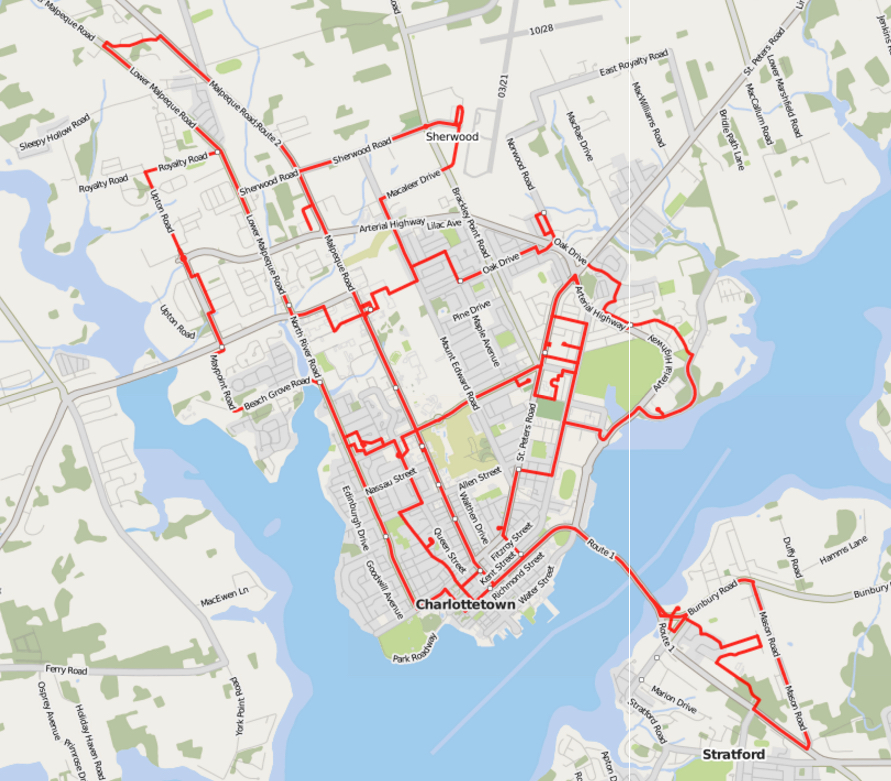
I’ve been playing The Dictionary Game (who knew it had another name?) for years; it’s second only to charades in the Pantheon of party games in my book.
My friend Stephen Southall sent me a recipe for granola after Christmas and the final phase of the preparation was titled Afterdamp, a reference to a word that featured in a game we played more than 25 years ago in which the definition of note was “the time after the moistening and before the drying off.”
Beyond its usefulness in the sexual arena, afterdamp turns out to be the perfect word to describe the phase after granola comes out of the oven and before it is bottled.
Indeed I’d forgotten that afterdamp actually has a real meaning, concerned with mining and off-gassing; in my mind, the fictional definition has superseded the real one.
Surely there must be a word for that.
With the move of juice bar Rawsome into the old Dynamic Fitness space on Queen Street, directly beside juice bar Freshii, we have, I believe, reached Peak Juice Bar in downtown Charlottetown.
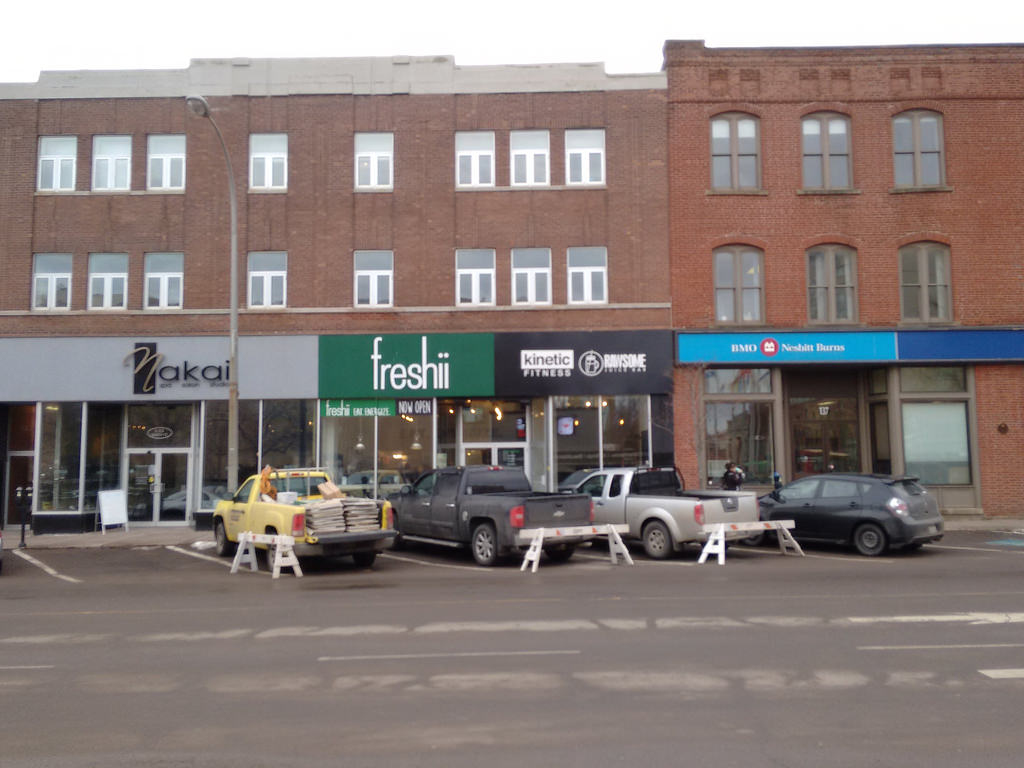
Let’s use the opportunity to cast our minds back to 1998 when the great Len Russo penned this column in the Eastern Graphic about Charlottetown’s first juice bar:
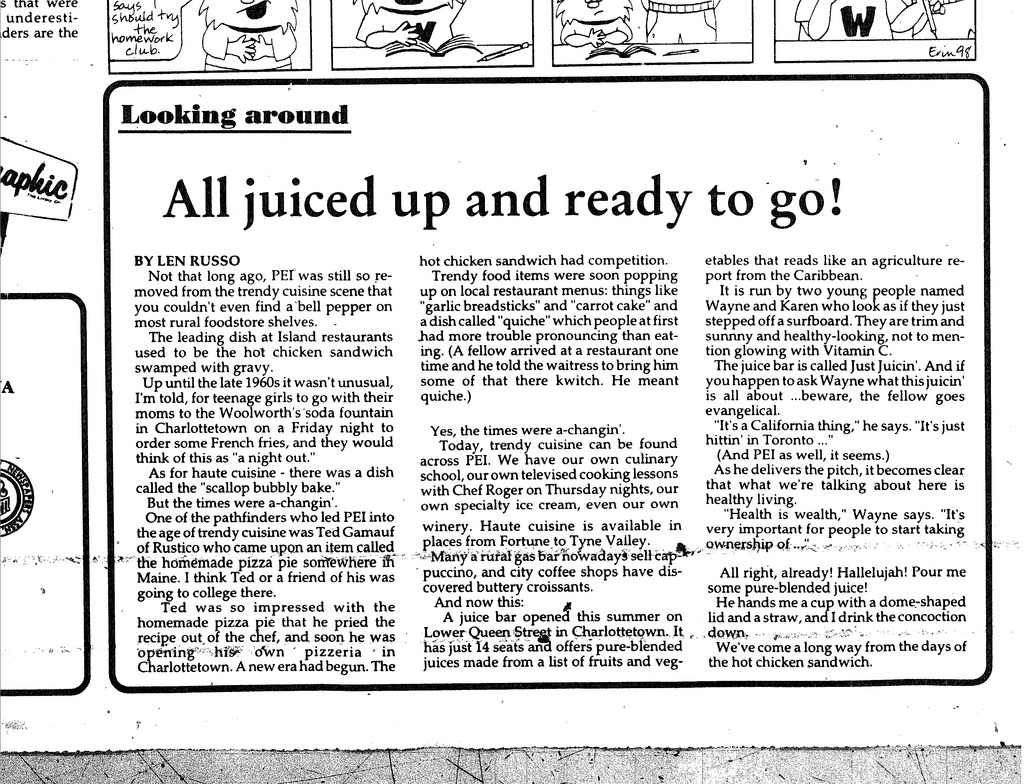
Next month I’ll be a guest lecturer in the University of Prince Edward Island course Philosophy 105: Technology, Values and Science, a course described like this for prospective students:
This course explores the connections among technology, human values, and science that are manifested in society, economic systems, and relationships between humans and the natural world. The study of the connections reveal the vast impact that science and technology have on our understanding of the world and our views on the future as well as on personal identity and the human body. It exposes students to critical examination of objectivity in scientific research, progress in technology and science, scientific risk assessment, and genetic engineering. No particular background in science is assumed in this course.
Regular readers may recall that I audited this course six years ago, and wacky hijinks ensued including a guest lecture Privacy and the Obligation to Explain.
This year I’m jumping farther into the deeper end, presenting four guest lectures starting February 22.
I plan to return to the privacy well with an updated examination of some of the same issues I discussed in 2009, and also to promote discussion about open data, about experience design, about hacker culture, and about how the design of educational systems – like, say, Philosophy 105 – reflects membership in one school of philosophy of technology or another.
I am both particularly well-suited and wholly unsuited to take on this role.
I am a university drop-out with some significant doubts as to the practical and spiritual value of post-secondary education.
I am a technologist by trade and inclination.
I’ve spent 36 years immersed in the conduct of and critical examination of digital culture.
I am a technology-skeptic, suspicious of those who ready the clarion to celebrate the coming technological utopia.
I am a technology-booster, witness to and beneficiary of the transformative power of a digital metaphors in changing power relationships, self-education and community organization.
The reason I’m going ahead, and the reason I have the faith required, is because I take intellectual sustenance from a book I first read 30 years ago, Teaching as a Subversive Activity, by Neil Postman and Charles Weingartner (read my story about how I came to read it, or just read the book itself as a PDF). From Chapter One, Crap Detecting:
The need for this kind of perspective has always been urgent but never so urgent as now. We will not take you again through that painful catalogue of twentieth-century problems we cited in our introduction. There are, however, three particular problems which force us to conclude that the schools must consciously remake themselves into training centers for ‘subversion’. In one sense, they are all one problem but for purposes of focus may be distinguished from each other.
The first goes under the name of the ‘communications revolution’ or media change. As Father John Culkin of Fordham University likes to say, a lot of things have happened in this century and most of them plug into walls. To get some perspective on the electronic plug, imagine that your home and all the other homes and buildings in your neighborhood have been cordoned off, and from than will be removed all the electric and electronic inventions that have appeared in the last fifty years. The media will be subtracted in reverse order with the most recent going first. The first thing to leave your house, then, is the television set - and everybody will stand there as if they are attending the funeral of a friend, wondering, ‘What are we going to do tonight?’ After rearranging the furniture so that it is no longer aimed at a blank space in the room, you suggest going to the movie. But there won’t be any. Nor will there be LP records, tapes, radio, telephone, or telegraph. If you are thinking that the absence of the media would only affect your entertainment and information, remember that, at some point, your electric lights would be removed, and your refrigerator, and your heating system, and your air conditioner. In short, you would have to be a totally different person from what you are in order to survive for more than a day. The chances are slim that you could modify yourself and your patterns of living and believing fast enough to save yourself. As you were expiring, you would at least know something about how it was before the electric plug. Or perhaps you wouldn’t. In any case, if you had energy and interest enough to hear him, any good ecologist could inform you of the logic of your problem: a change in an environment is rarely only additive or linear. You seldom, if ever, have an old environment plus a new element, such as a printing press or an electric plug. What you have is a totally new environment requiring a whole new repertoire of survival strategies. In no case is this more certain than when the new elements are technological. Then, in no case will the new environment be more radically different from the old than in political and social forms of life. When you plug something into a wall, someone is getting plugged into you. Which means you need new patterns of defense, perception, understanding, evaluation. You need a new kind of education.
Postman and Weingartner wrote that 50 years ago, and the “communications revolution” or “media change” that they wrote about has become something they wouldn’t recognize practically, but the essential qualities of which they would see, I think, directly connected to everything they wrote and thought back then.
I truly believe that we need “new patterns of defense, perception, understanding, evaluation” and I think I have something to contribute to this discussion as someone who, relatively speaking, has lived both with the plug and without.
As an interesting coincidence, one of the class exercises for Philosophy 105, then and now, assigned by its bona fide professor, Neb Kujundzic, is to go for 24 hours without digital technology; here’s what the class was given back then:
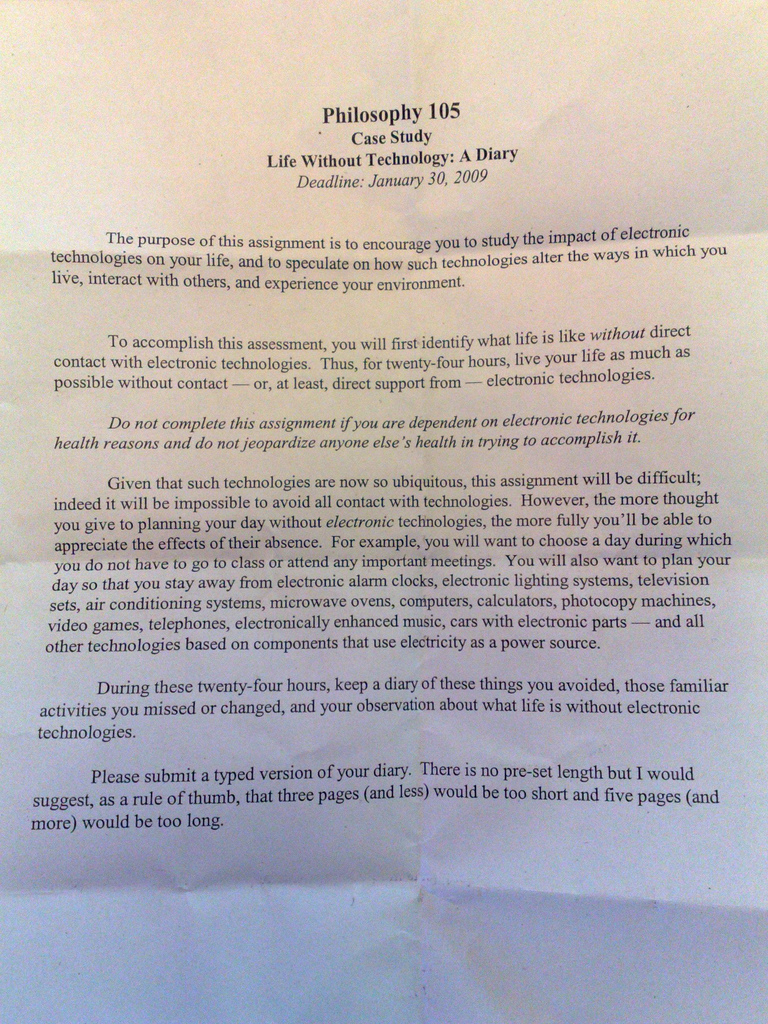
Although I was merely a fly on the wall for the course, not a student, I went through the exercise – something [[Oliver]] will never let me forget, as he bore the brunt of the agony involved and got none of the glory. I posted my diary in this space, a diary that began like this:
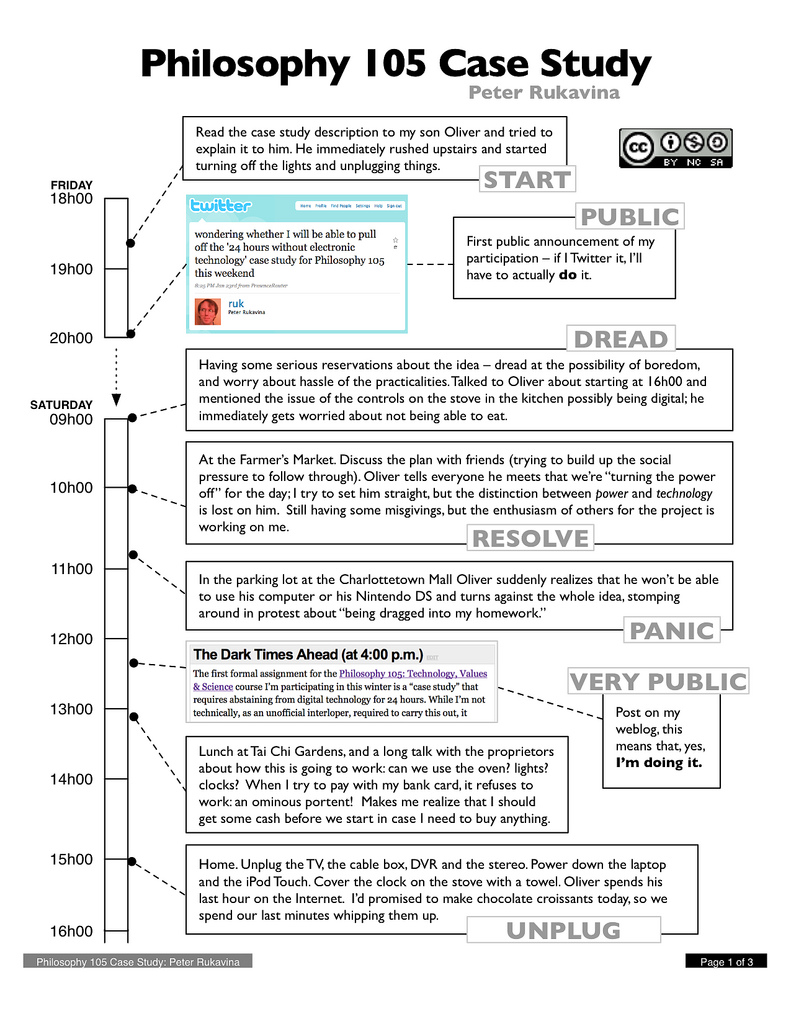
And so, at least for 24 hours, we took Postman and Weingartner’s challenge. And it was fascinating.
In February, with the 21 students enrolled in Philosophy 105, I hope to use this as a jumping off point of contemporary issues in technology, values and science.
Today I’m going up to campus to meet the class of students for the first time; I’ll have a month of thinking before we see each other again and enter into a formal dialog together.
Wish me luck.
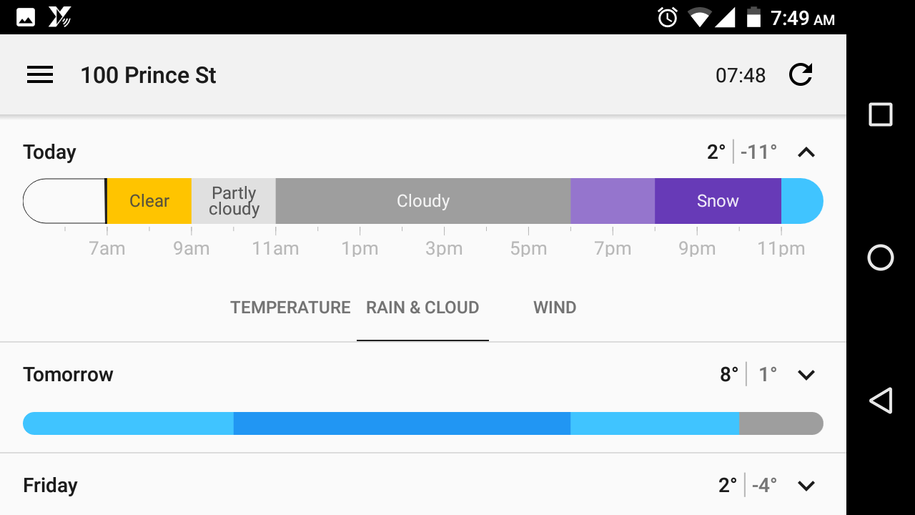
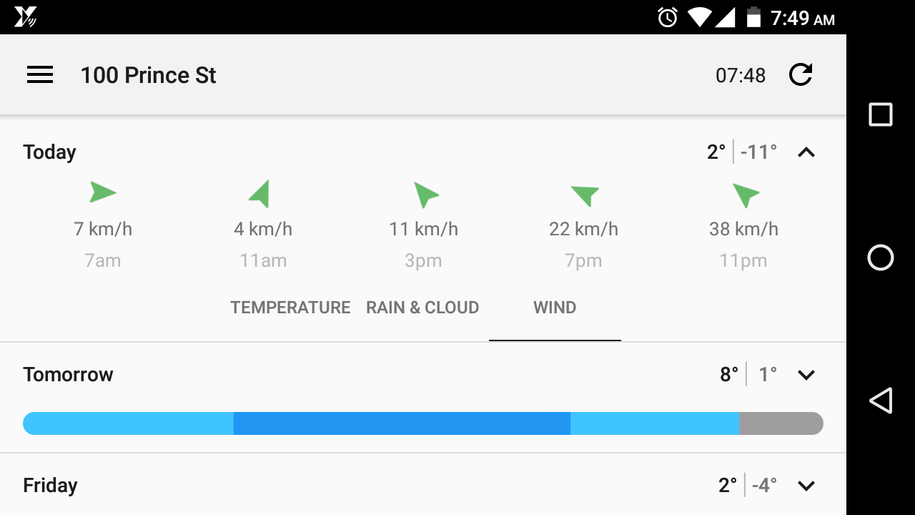
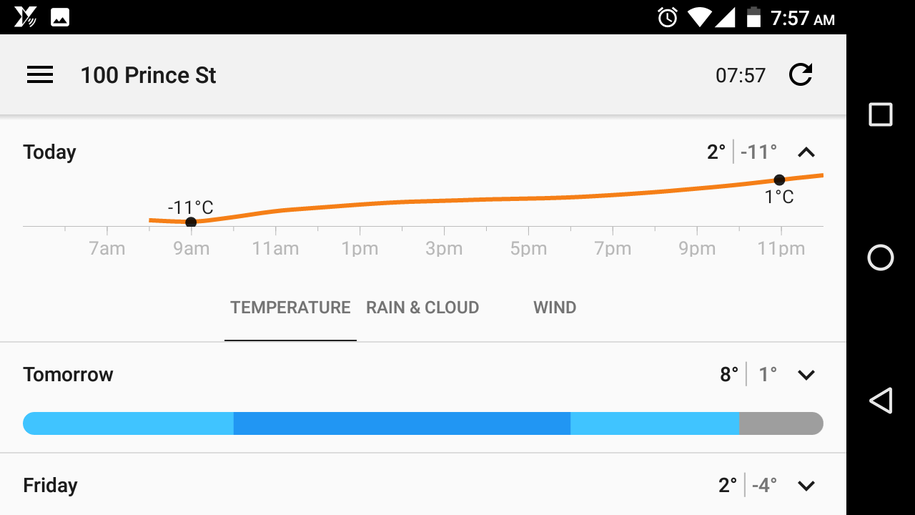

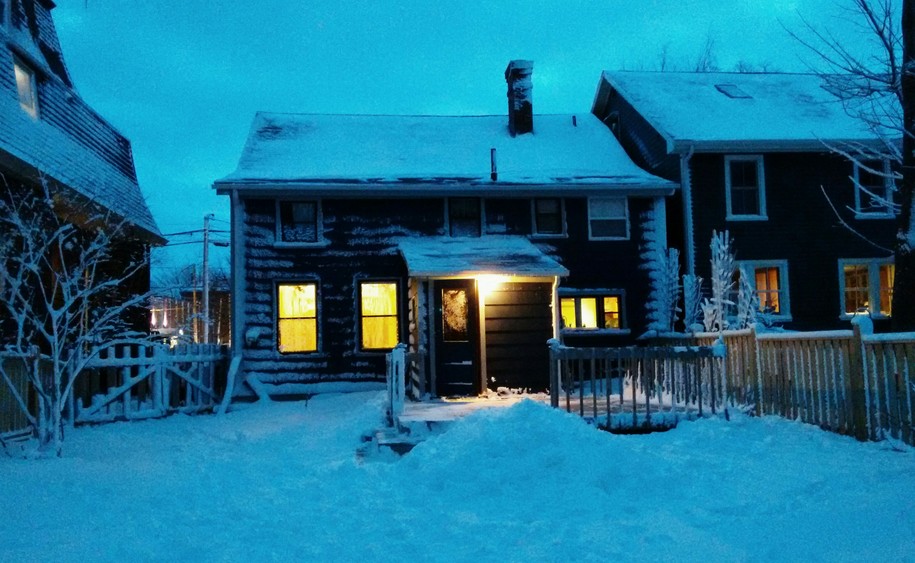
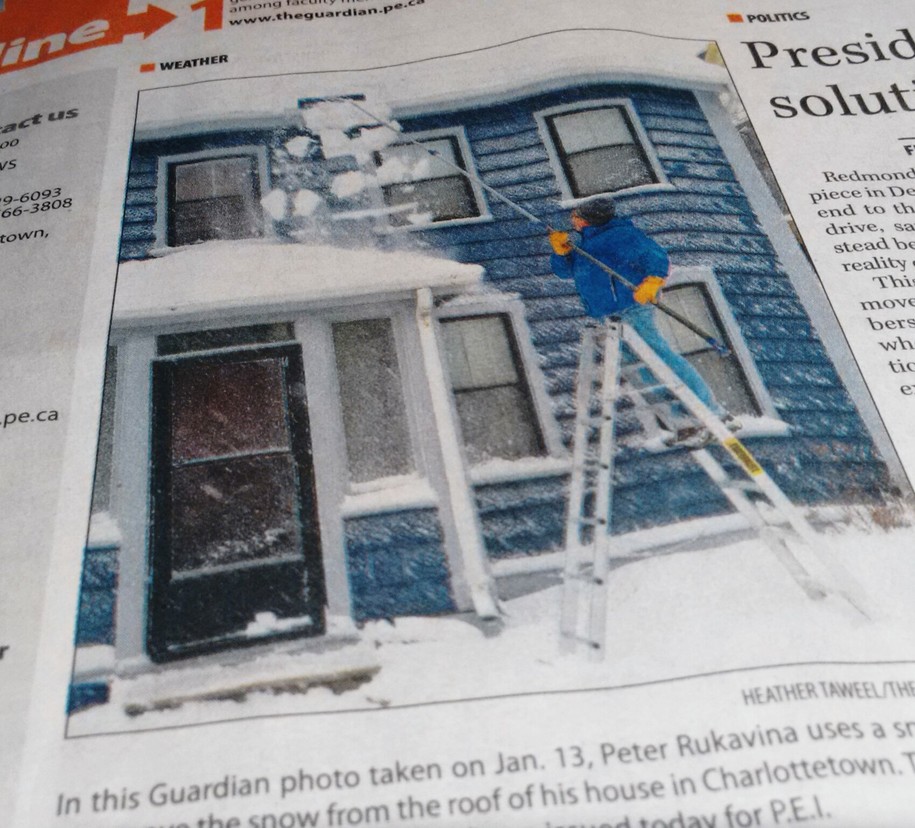
 I am
I am